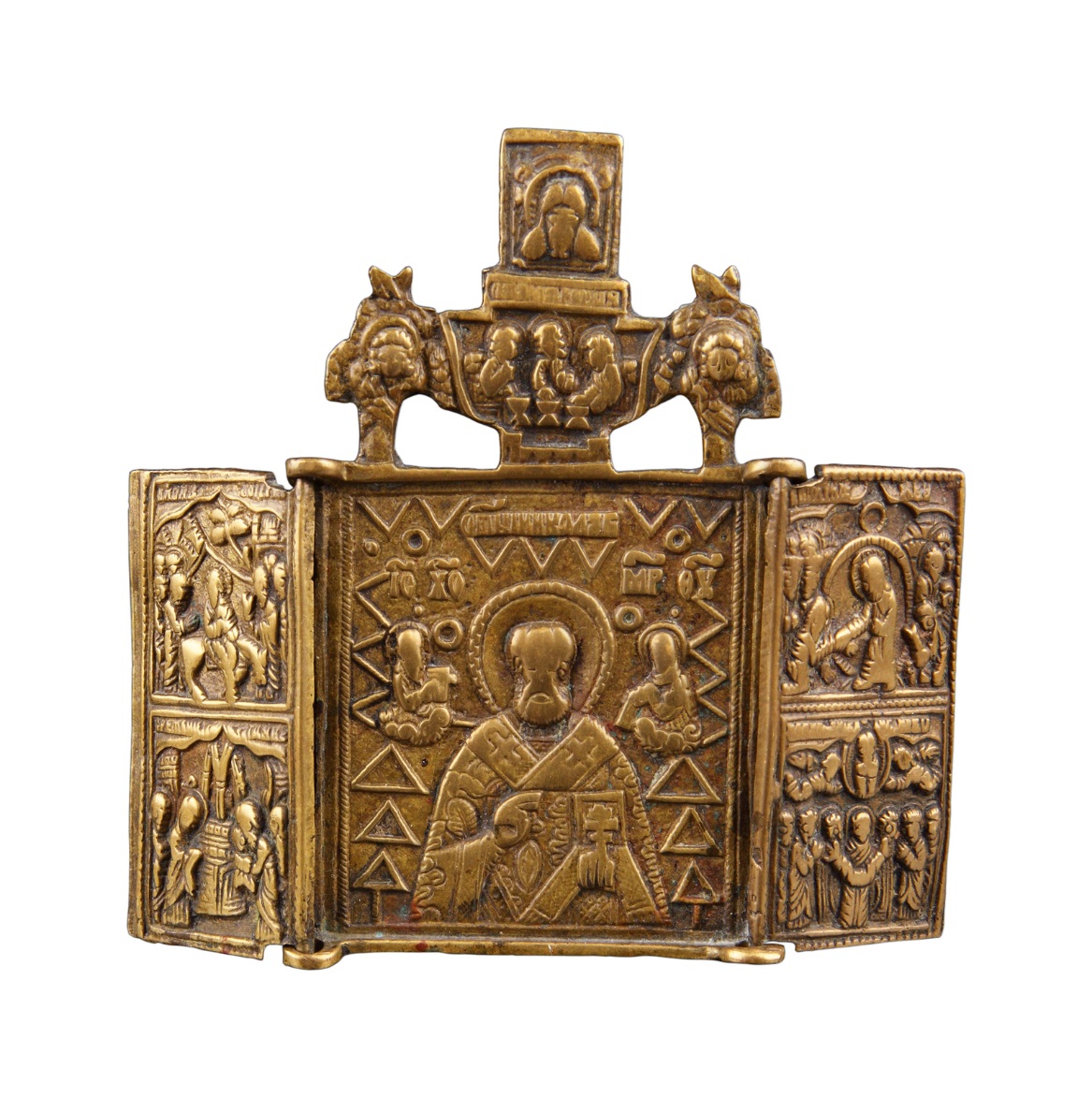Brass is an alloy composed of copper and zinc, sometimes including lead for increased machinability. It is the alloy of choice for a wide range of applications, especially in architecture, manufacturing, and design. Brass comes in many forms, the most commonly used varieties of which include sheets and channels.
While brass is easy to cast, the forming of brass sheet metal requires a careful hand and specific machinery. The sheet is created through a cold process known as roll forming. In this process, brass sheet is fed through a series of roller dies and is then slowly bent into the desired shape. The result is an extremely uniform product of even thickness except for a slight thinning at the bend points. Custom roll forming is a process that allows for a rolled product to be altered in the rolling process to include any necessary holes, tooling flanges, or material combinations such as the addition of a piece of hardware to the rolled stock.
A brass channel is a trough of brass formed into a flat section, called the web, with side panels referred to as legs. Depending on the forming dimensions, C channel forming results in a flat web with squared corners. Occasionally the top edges of the formed channel will be folded back against the legs, and this is referred to as a hem. J channel forming results in a rounded web with 90-degree legs. Depending on customer specifications, channels can be formed from brass sheets with legs of differing heights, curled edge finishes, or flat hems. Thin channels are ideal for smaller items like picture frames, while thicker alternatives can provide structural support similar to square brass tube.
As a copper alloy, brass offers many options for a designer interested in changing the appearance of the metal, including chemical treatments, polishing, and aging for a darker patina. Upon completion of these treatments, the brass plate or channel can be sealed with an epoxy or lacquer to stop the chemical action. The aesthetic possibilities brass can contribute to a project is also another reason it is one of the most sought after materials in different industries.
Sources:
Brass vs Bronze, Diffen
What Is Brass, About


